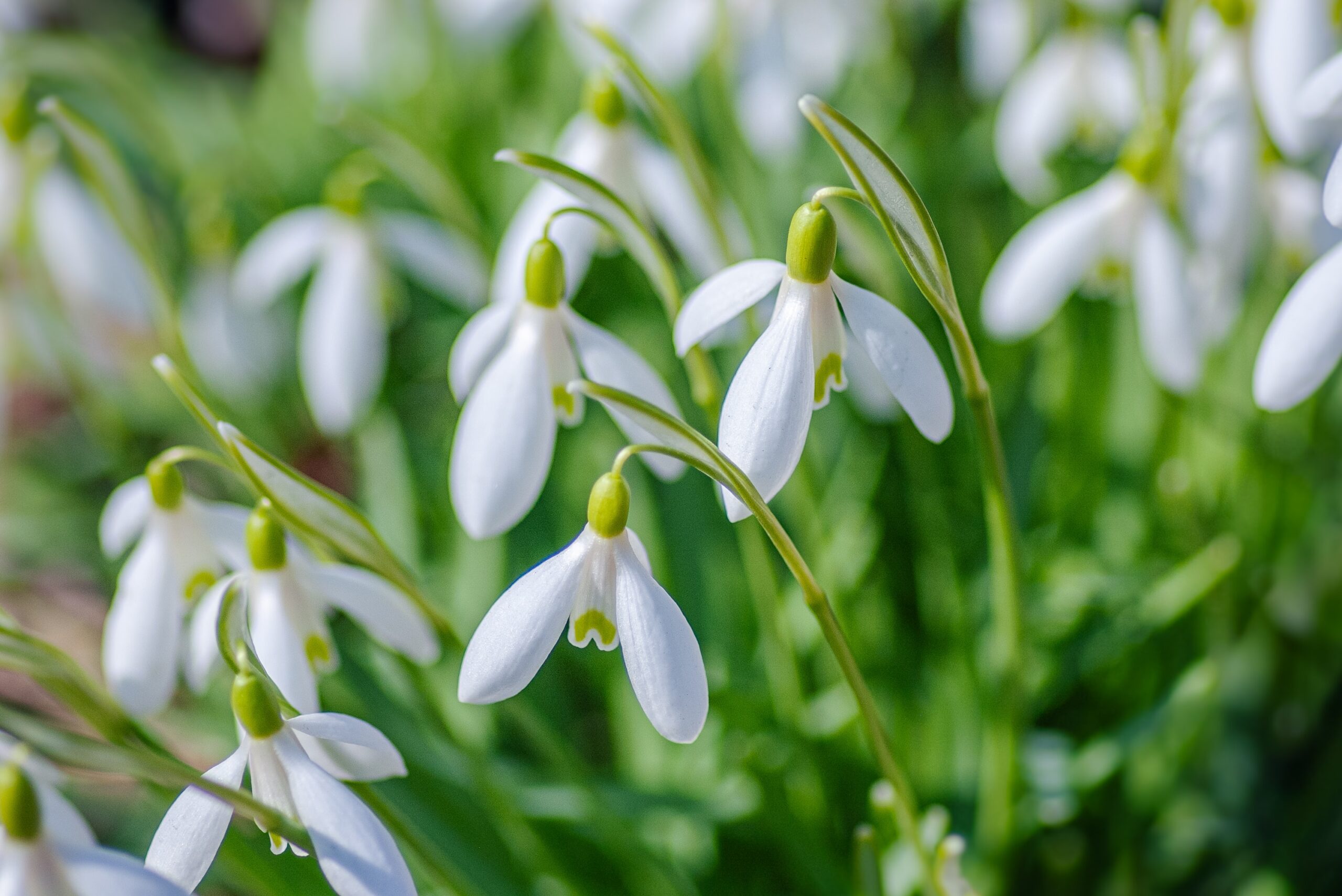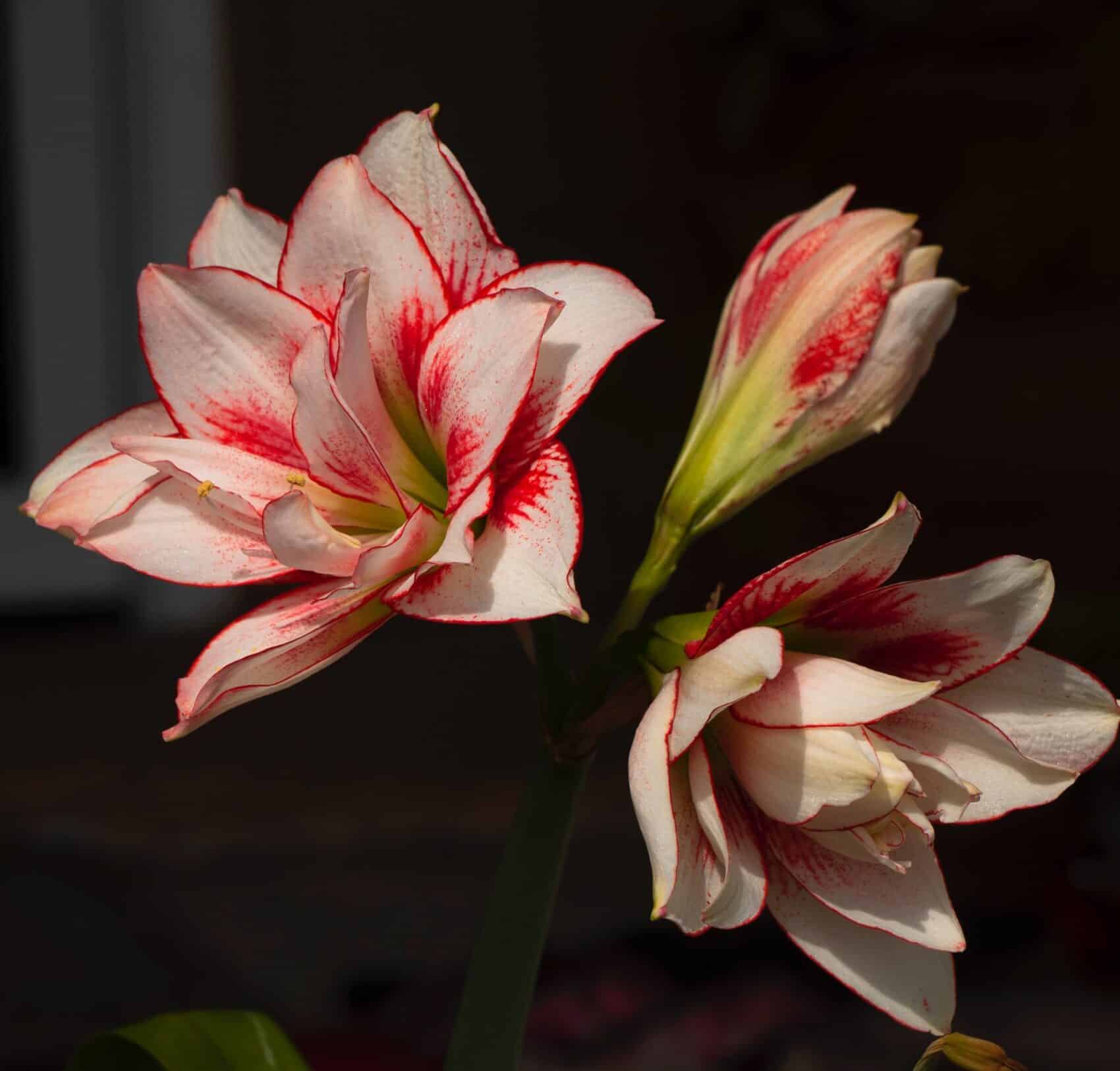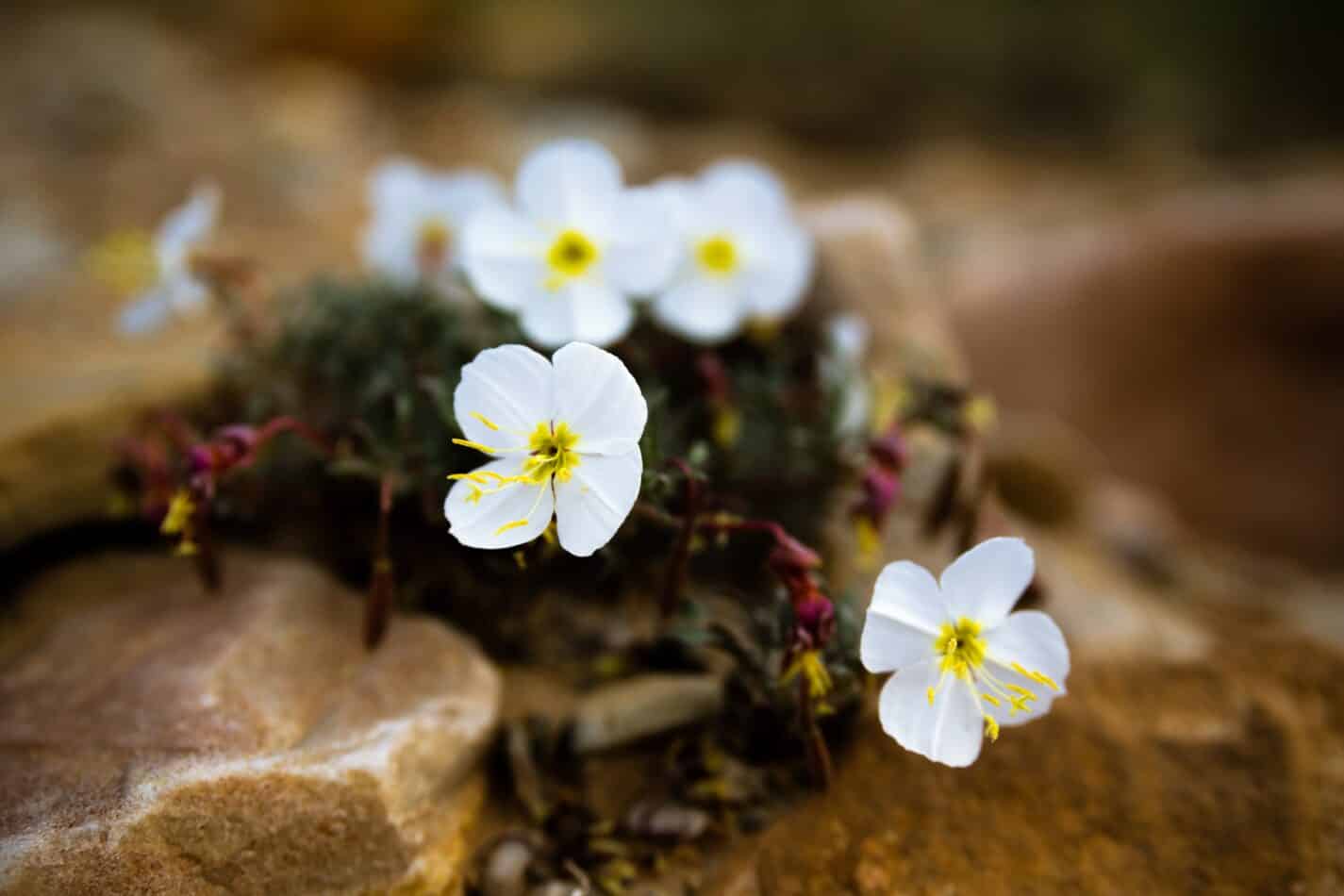As winter loosens its grip and the earth begins to stir from its slumber, there emerges a symbol of hope and renewal in the garden: the snowdrop.
Delicate yet resilient, these dainty blooms are among the earliest signs that spring is on its way. In this article, we’ll delve into the enchanting world of snowdrops, exploring their history, characteristics, and how to cultivate them in your own garden.
A Brief History
Snowdrops, scientifically known as Galanthus, belong to the Amaryllidaceae family and are native to Europe and the Middle East. They have a rich folklore and cultural significance, often associated with purity, hope, and the promise of new beginnings.
Legend has it that when Eve was expelled from the Garden of Eden, snowdrops sprang from the tears she shed, symbolizing hope and the possibility of redemption.
Characteristics
Snowdrops are characterized by their slender, nodding stems adorned with drooping, bell-shaped flowers. The most common species, Galanthus nivalis, features white petals marked with delicate green accents. However, there are numerous cultivars and hybrids available, ranging from pure white to hints of yellow or green.
These perennial bulbs typically bloom in late winter to early spring, often pushing through the snow to greet the sunlight. Despite their delicate appearance, snowdrops are surprisingly hardy, capable of withstanding chilly temperatures and even frost. Their resilience makes them a beloved favorite among gardeners eager to see signs of life after the winter months.

Cultivation
If you’re considering adding snowdrops to your garden, you’ll be pleased to know that they are relatively easy to grow, provided you meet their basic requirements. Here are some tips for cultivating these charming flowers:
- Location: Snowdrops prefer partial shade to full shade, making them ideal for woodland gardens or beneath deciduous trees. Choose a spot with well-draining soil, as they dislike sitting in waterlogged conditions.
- Planting: Plant snowdrop bulbs in autumn, ideally in September or October, before the ground freezes. Dig a hole two to three times deeper than the bulb’s height and space them about three inches apart. Cover the bulbs with soil and water thoroughly.
- Maintenance: Once established, snowdrops require minimal maintenance. Keep the soil moist but not waterlogged during their growing season. After flowering, allow the foliage to die back naturally, as it provides nutrients for the bulbs to store energy for the following year’s blooms.
- Propagation: Snowdrops can be propagated by dividing clumps of bulbs after they finish flowering but before the foliage dies back completely. Replant the divided bulbs immediately to avoid desiccation.
In the Wild and in Culture
While snowdrops are cherished inhabitants of garden beds, they also play a vital role in the ecosystem. In the wild, they provide an early source of nectar for pollinators such as bees and butterflies, helping to sustain them as they emerge from hibernation.
Beyond their ecological importance, snowdrops have inspired artists, writers, and poets for centuries. Their delicate beauty and tenacity in the face of adversity serve as a metaphor for resilience and the enduring promise of renewal. From William Wordsworth’s verses to the delicate brushstrokes of botanical illustrators, snowdrops continue to captivate hearts and minds around the world.
Snowdrops may be small in stature, but they cast a mighty spell on those fortunate enough to witness their arrival each spring. As harbingers of warmer days ahead, they offer a glimmer of hope after the long winter months. Whether nestled in a woodland glade or adorning a humble garden bed, these exquisite flowers remind us of nature’s capacity for beauty and renewal. So, as you plan your garden for the coming seasons, consider adding a touch of enchantment with the graceful presence of snowdrops.
They are also called the king of flowers because of their beautiful appearance. They are considered to be a symbol of rebirth and renewal. In addition to being beautiful, snowdrops are also delicious. Try these recipes for some tasty dishes using snowdrop bulbs.
What we love from Amazon this week
Buy these wonderful flowers directly from Amazon:














